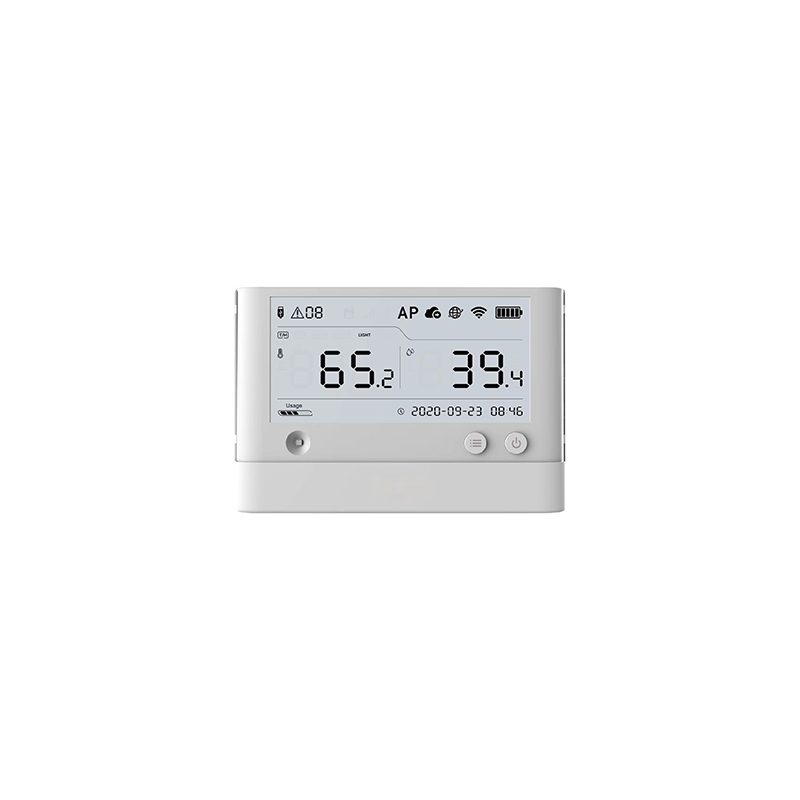
This comprehensive guide explores effective methods for managing the SPI interface on STM32 microcontrollers, focusing on clean and reliable exit strategies. We'll cover various scenarios, best practices, and troubleshooting tips to ensure seamless operation and prevent potential issues.
Before discussing exit strategies, it's crucial to understand how the SPI interface is initialized and configured on an STM32. This involves selecting the appropriate pins, setting clock speed, data order, and communication mode (master or slave). Proper initialization is fundamental to a smooth exit process. Refer to the STM32CubeMX or HAL libraries for detailed configuration options. Incorrect configuration can lead to communication errors that complicate the exit process.
Different applications necessitate different approaches to SPI interface management. For instance, a simple data transfer might require a straightforward exit, while more complex scenarios involving DMA or interrupts demand more sophisticated techniques. Understanding the context is key to selecting the optimal exit strategy.
The most basic method involves simply disabling the SPI peripheral using the appropriate register settings. This halts all communication. This approach is suitable for simple applications where immediate cessation of communication is needed. However, ensure that any ongoing DMA transfers or interrupts are properly handled before disabling the peripheral to avoid data corruption or unexpected behavior.
If you're using DMA for SPI data transfer, remember to disable the DMA stream before disabling the SPI peripheral. Failure to do so may lead to undefined behavior. Properly checking DMA transfer completion flags is crucial. STM32 HAL libraries provide functions to efficiently manage DMA operations.
Interrupt-driven SPI communication requires a structured exit strategy. Disable interrupts associated with the SPI peripheral (e.g., RXNE, TXE) before disabling the peripheral itself. Ensure that any pending interrupt service routines (ISRs) are properly handled to avoid race conditions. The STM32 HAL library provides functions to manage interrupt enabling and disabling.
In certain cases, a software reset of the SPI peripheral might be necessary. This resets the peripheral to its default state, clearing any potential errors or inconsistencies. However, this approach requires careful consideration, as it could disrupt other ongoing processes. Consult the STM32 reference manual for details on initiating a software reset.
If you encounter unexpected behavior after attempting to exit the SPI interface, meticulously review your code, ensuring that all DMA streams and interrupts are properly handled before disabling the SPI peripheral. Check for potential race conditions and ensure that your configuration settings are correct.
Data corruption can occur if DMA or interrupts are not managed correctly during the exit process. Always check DMA transfer completion flags and disable interrupts before disabling the SPI peripheral. Carefully examine your data handling routines for potential errors.
The optimal exit strategy depends heavily on your specific application requirements. A simple data transfer might only need disabling the peripheral. However, complex scenarios involving DMA and interrupts necessitate a more structured and meticulous approach. Carefully consider the potential impact on other system components and choose the most suitable method.
Remember to consult the official STM32 documentation and reference manuals for detailed information and specific instructions related to your chosen microcontroller. For example, the STM32CubeMX tool greatly simplifies the configuration process and provides valuable insights into the peripheral's behavior. Understanding the intricacies of the SPI interface is key to developing reliable and robust applications.
| Exit Strategy | Advantages | Disadvantages |
|---|---|---|
| Disabling SPI Peripheral | Simple, fast | Requires careful handling of DMA and interrupts |
| Handling DMA Transfers | Efficient for large data transfers | More complex to implement |
| Managing Interrupts | Precise control over communication | Requires careful interrupt handling |
| Software Reset | Resolves some errors | Disruptive, potential for unintended consequences |
For further assistance with your embedded systems projects, consider exploring resources from STMicroelectronics, the manufacturer of STM32 microcontrollers. Their extensive documentation and support will undoubtedly prove invaluable. For high-quality LCD displays to complement your STM32 projects, check out Dalian Eastern Display Co., Ltd.












